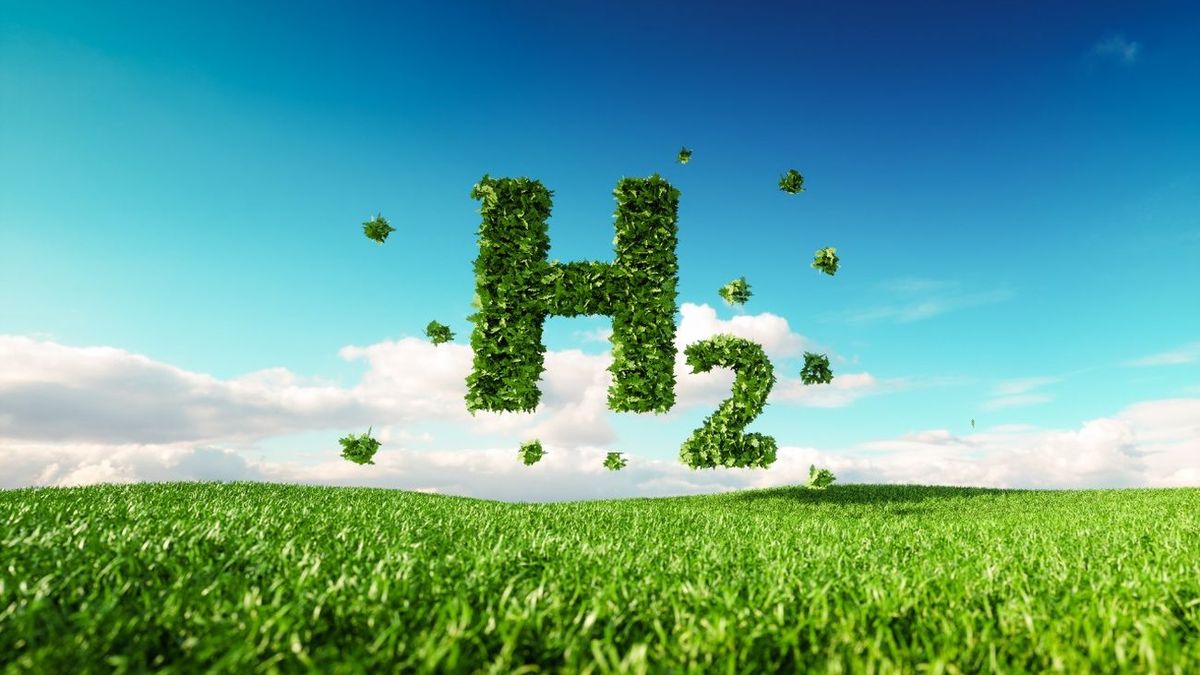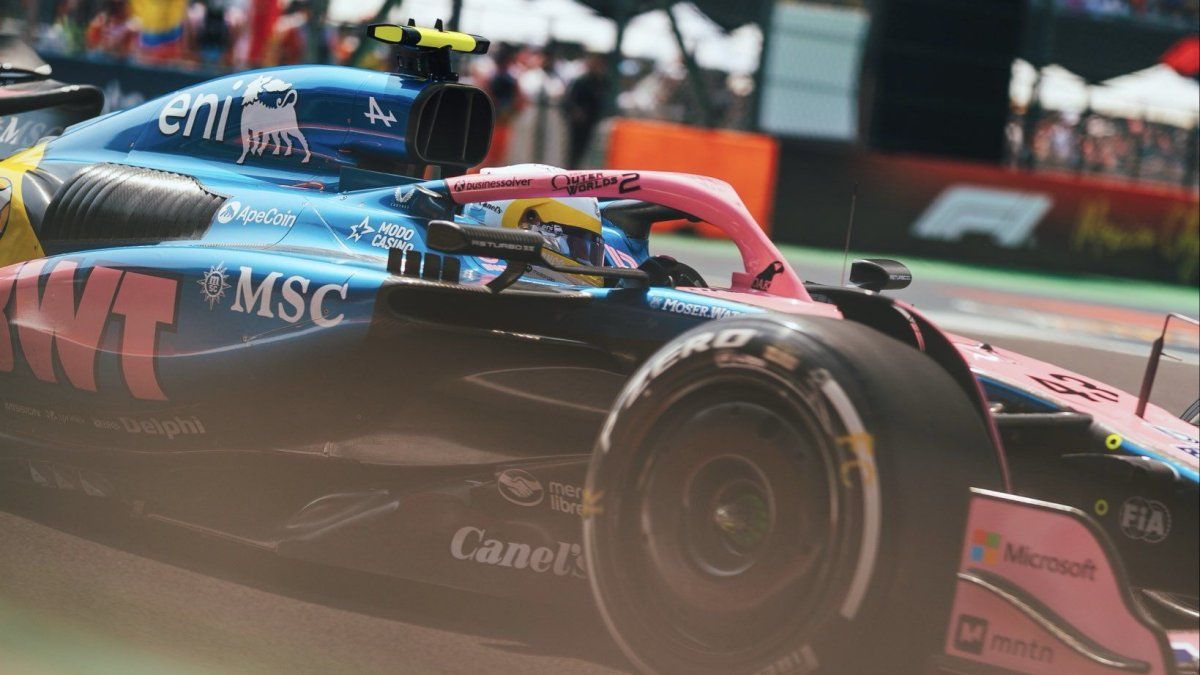Hydrogen is an unlimited source of energy that can be obtained in different ways, some more sustainable than others. One way to obtain hydrogen is through the process of electrolysis, by which hydrogen is separated from oxygen, which requires large amounts of electricity. When that electricity comes from renewable sources, such as wind or solar, the resulting hydrogen is considered “green hydrogen.”
This type of fuel of renewable origin is key to the process of decarbonisation and energy transition, which is a global imperative within the framework of the Paris Agreement. Likewise, the platform seeks to encourage a greater commitment, knowledge and vocation so that the public and private sectors allow the generation of conditions, consistent with the necessary investments, infrastructure, production and commercialization of hydrogen.
It must also clearly define an application authority that will be in charge of formulating, monitoring and executing a national hydrogen development program that contains well-established objectives, goals, deadlines and priorities and a time horizon until 2030. This decade is crucial for the establishment of a state policy with broad consensus from all sectors. This process has a decisive initial stage between now and 2030, which is why it is essential to focus the task of the application authority on the execution of what we call a National Hydrogen Strategy 2030.
Taking some of the successful promotion regimes of Argentina, a regime is proposed that has elements of promotion, fiscal stability and an active participation of the State promoting projects and strategic activities in collaboration with the private sector. Understanding that the volume of investments and their long maturity period require a regulation of these characteristics. This is where a solid agreement must be reached to sustain an activity that, during this decade, must gain scale and competitiveness, so that the country can become part of the global Hydrogen market.
This will allow the different actors involved to contribute different views to enhance, what will be, the fuel of the future. A virtuous and consistent regulatory framework will allow Argentina to actively participate in this new market, and compete with other countries that have already entered this same race.
The Argentine H2 Platform was created at the beginning of 2020 by Globe Legislators (coalition of legislators), CACME (Argentine Committee of the World Energy Council), CEARE (Center for Studies of Energy Regulatory Activity – UBA), AAEE (Argentine Association of Wind Energy) and UTN Buenos Aires, to which were added the Argentine Wind Chamber (CEA), the Argentine Chamber of Renewable Energies (CADER), the Association of Electric Power Generators of the Argentine Republic (AGEERA), Hydrogen Valley Green of the Hinterland of Puerto Quequén, the Energy Institute of the Austral University and the Circle of Environmental Policies, who hold regular work meetings and conversations with the different authorities and industry players with the aim of continuing to strengthen the path towards decarbonization from various sectors of the economy.
Source: Ambito
David William is a talented author who has made a name for himself in the world of writing. He is a professional author who writes on a wide range of topics, from general interest to opinion news. David is currently working as a writer at 24 hours worlds where he brings his unique perspective and in-depth research to his articles, making them both informative and engaging.




